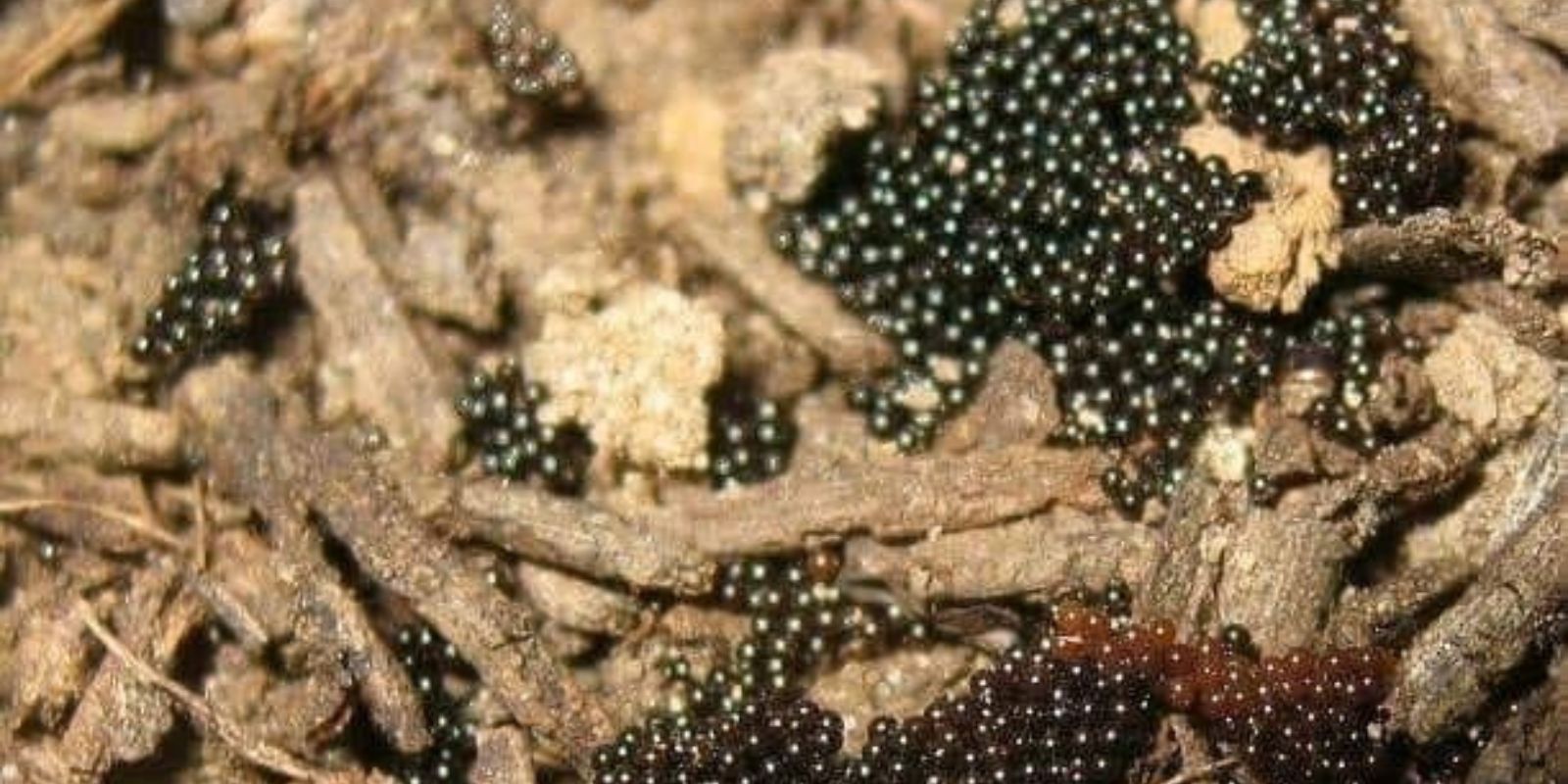Backyards are a sanctuary for gardeners and nature enthusiasts, a space where life flourishes. However, not all life in your garden is beneficial. Sometimes, strange eggs appear, and while they might seem harmless, they can pose a serious threat to your plants, pets, and even local ecosystems. This guide will explain why certain eggs need immediate attention, how to identify them, and the steps to deal with them effectively.
Understanding the Danger
The eggs you find in your backyard are often laid by insects, pests, or invasive species. These eggs can hatch into creatures that wreak havoc on your garden or spread disease. Certain species, such as gypsy moths, invasive slugs, or harmful spiders, are notorious for laying eggs in backyards. If left unchecked, these eggs can multiply and lead to an infestation that is hard to control.
Taking quick action is essential not only for the health of your garden but also for maintaining biodiversity in your area.
Identifying Harmful Eggs
1. Gypsy Moth Eggs
- Appearance: Small, tan-colored clusters that look like fuzzy patches on tree bark, garden furniture, or fences.
- Danger: Gypsy moth caterpillars can defoliate entire trees, weakening or killing them over time.
2. Snail and Slug Eggs
- Appearance: Pearly white, jelly-like clusters found in damp soil or under rocks.
- Danger: Slugs and snails feed on seedlings and leaves, destroying plants overnight.
3. Spider Eggs
- Appearance: Round, silken sacs often found in corners, under leaves, or tucked in crevices.
- Danger: While most spiders are beneficial, some species like black widows or brown recluses can pose risks to humans and pets.
4. Stink Bug Eggs
- Appearance: Barrel-shaped eggs often laid in rows on the undersides of leaves.
- Danger: Stink bugs suck nutrients from plants, leaving them stunted and damaged.
5. Grasshopper or Locust Eggs
- Appearance: Laid in pods buried in the soil, often near crops.
- Danger: Grasshoppers can devour large amounts of vegetation, leading to crop loss.
Why Immediate Action is Crucial
Eggs left unattended can hatch into destructive pests, making their removal far more difficult. Here’s what could happen if you delay:
- Rapid Population Growth: Many pests reproduce quickly, leading to infestations in a short time.
- Crop and Plant Damage: Pests can destroy crops, ornamentals, and even trees.
- Spread of Invasive Species: Harmful pests can invade neighboring gardens and disrupt local ecosystems.
- Health Hazards: Some pests carry diseases or venom, posing risks to humans and pets.
By addressing the problem at the egg stage, you’re nipping a potential disaster in the bud.
How to Handle Suspicious Backyard Eggs
Step 1: Inspect Your Garden Regularly
Routine inspection helps you spot eggs before they hatch. Focus on:
- The undersides of leaves.
- Damp, shaded areas like under rocks or logs.
- Soil near plants and crops.
Step 2: Identify the Eggs
Use online resources or consult with local agricultural extension services to confirm the species. If unsure, assume they might be harmful and proceed cautiously.
Step 3: Wear Protective Gear
Some eggs may contain irritants or pathogens. Always wear gloves and use tools to avoid direct contact.
Step 4: Remove the Eggs Safely
Use a spatula, spoon, or tissue to gently scoop up the eggs. Avoid crushing them, as this might spread harmful substances or scents that attract more pests.
Step 5: Dispose of the Eggs Effectively
- Burning: Safely burn the eggs in a controlled environment to prevent hatching.
- Submersion: Place the eggs in a sealed bag and submerge them in soapy water for 24 hours.
- Freezing: If local regulations prevent burning, freeze the eggs in a sealed bag to kill them.
Prevention Tips
- Keep Your Garden Clean
- Remove debris, fallen leaves, and unused garden tools where pests might hide or lay eggs.
- Encourage Beneficial Insects
- Ladybugs and lacewings are natural predators of many harmful pests.
- Use Natural Repellents
- Sprinkle diatomaceous earth around plants to deter slugs and snails.
- Prune Regularly
- Trim overgrown plants to eliminate hiding spots for pests.
- Install Physical Barriers
- Use fine mesh netting to protect vulnerable plants from egg-laying pests.
When to Call for Help
Some infestations require professional intervention, especially if:
- You find eggs from highly invasive species.
- There’s a risk to human or pet health (e.g., venomous spider eggs).
- The infestation is widespread and beyond your control.
The Importance of Awareness
Recognizing and addressing harmful eggs in your backyard is a small step with big rewards. It protects your garden, supports biodiversity, and ensures a safe outdoor space for your family and pets. By taking swift action and adopting preventive measures, you’re contributing to a healthier environment for everyone.
Final Thoughts
Your backyard is a haven for life, but not all visitors are welcome. If you see unusual eggs, don’t ignore them. With the right knowledge and actions, you can safeguard your garden and enjoy its beauty without disruption.
💬 Have you spotted eggs like these in your yard? Share your story or ask questions in the comments below! Let’s protect our gardens together!
🌱 #GardenSafety #PestControl #GardeningHacks #BackyardTips

